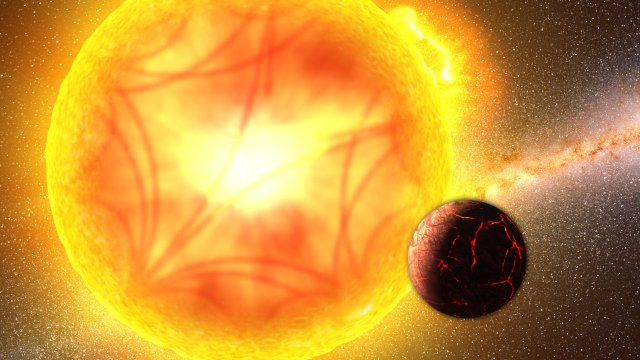Stars emit sound waves that travel through their interiors, causing ripples that can be detected by scientists. These waves can either dart through the core or ripple around the entire circumference of the star. The size of the star affects how long it takes for sound waves to travel through its interior, with larger stars taking longer.
In the Sun, a typical wave completes one cycle in five minutes. Sun-like stars, also known as main sequence stars, have waves that last a few days due to new waves constantly appearing. Red giants, which are much larger than the Sun, have lower-frequency waves that can last for weeks to months. By studying these stars of different ages, scientists can gain insights into what will happen to our own Sun as it ages.
The study of sound waves in stars provides valuable information about their internal structure and evolution. By analyzing these waves, scientists can better understand the life cycles of stars and how they change over time. This knowledge helps us gain a deeper understanding of our place in the universe and how we fit into its grand scheme.
Overall, studying sound waves in stars has important implications for astrophysics and our understanding of stellar evolution. As we continue to uncover more about these fascinating celestial objects, we gain new insights into the mysteries of the universe around us.
